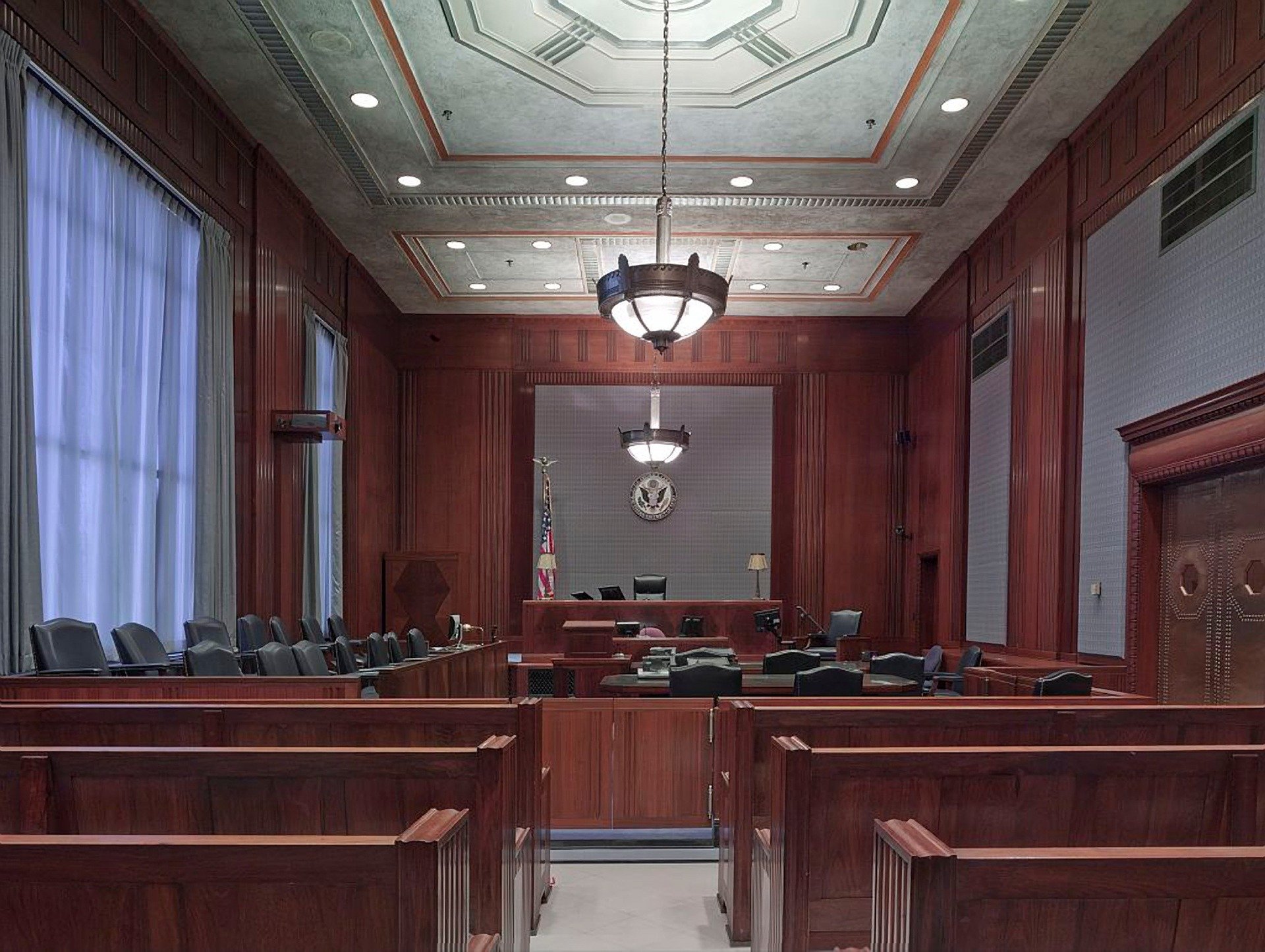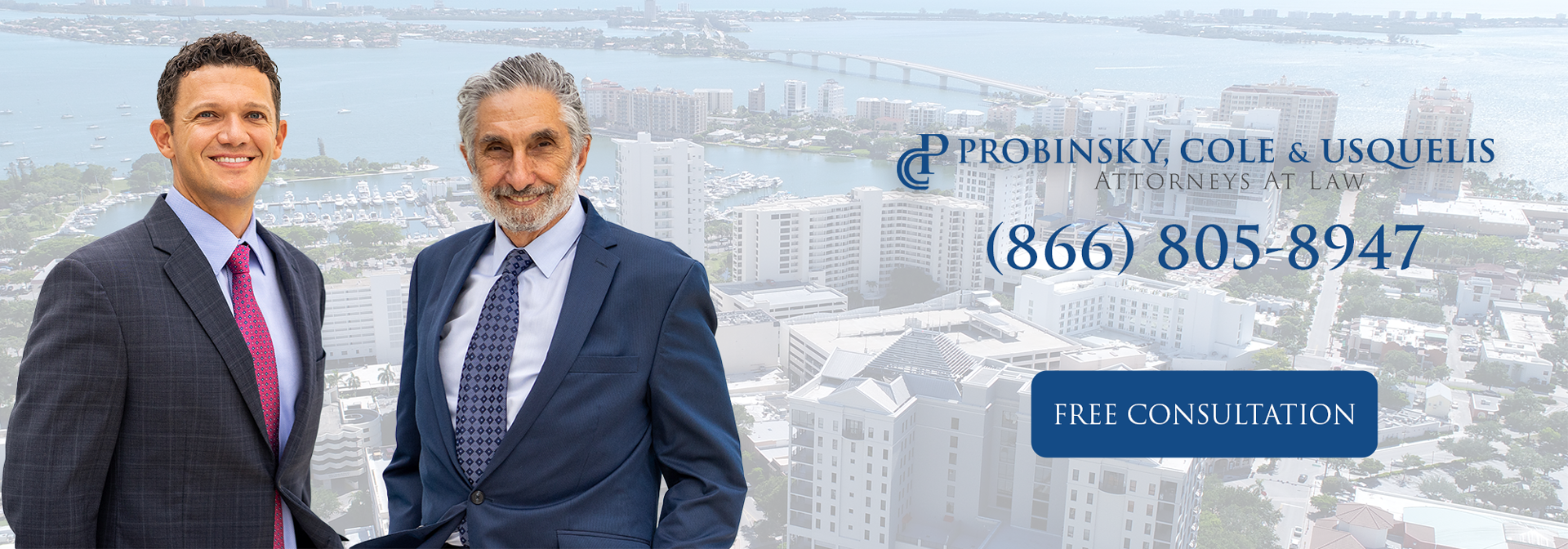In many cases involving personal injury law, the case is settled out of court. However, there are some cases when a settlement simply cannot be reached, despite best efforts. When negotiation, arbitration and mediation fail to bring the matter to an acceptable solution for our clients, we may have to go to court. Understanding that this may sound intimidating, we are here to explain the trial process. If you are ever faced with the prospect of a lawsuit in court, understanding the process can help to ease some anxiety.
Of course, having an experienced attorney by your side is invaluable.
Here are the basic steps involved in the trial process.
- Voir dire: Literally “to speak truth”, voir dire is the process of selecting a fair and impartial jury for the trial. This is accomplished through a series of questions posed by attorneys on both sides.
- Opening Statements: In civil cases, the plaintiff, defendant, and their respective attorneys are required to be present. (if the party opted for attorney representation). Each side begins by presenting opening statements. These statements are directed at the jury, and are intended to give an overview of the case, but they are not considered evidence. The party who is suing for damages (the plaintiff) carries the burden of proof, and therefore will present first. The opposing party then follows; and this back and forth is considered the core of the trial process.
- Plaintiff Presentation of Evidence: Opening statements are followed the presentation of evidence by the plaintiff. Evidence may be physical, such as documents or photos, or may involve the testimony of witnesses. The personal knowledge the witness brings to the procedure is shared via questions and answers, and is called direct examination. Each witness may be questioned by the defense attorney after direct examination, known as cross examination. The plaintiff’s attorney will typically (but not always) be allowed to redirect questions to their witness after cross examination, to address issues that arose during that process. Once all plaintiff witnesses and evidence are presented, the plaintiff will rest their case.
- Defendant Presentation of Evidence: The process above is repeated in order to give the defendant the opportunity to present his or her side of the story.
- Closing Arguments: After each side’s attorneys have presented all evidence and questioned all witnesses, they each will give closing arguments. It is this argument which will summarize the trial for the jury, and remind them of those facts which support their side of the argument. Like opening arguments, the closing statements are not evidence, simply statements of each side of the story supported by entered evidence. The order of presentation remains consistent, with the attorney for the plaintiff going first, followed by the defense attorney.
- Jury Deliberation and Verdict: After closing arguments are completed, the judge will give final jury instructions, beginning with selecting a foreperson of the jury who will act as their spokesperson, as well as keep order during the deliberation process. The jury will receive a verdict form from the judge, and then retire to the deliberation room to discuss and decide the verdict. All jury deliberations are confidential, and will decide whether or not the defendant’s actions or lack of actions caused injury to the plaintiff, and, if so, the amount of compensation or penalty to be paid.
As stated, personal injury cases can often be settled with the insurance company before a trial is necessary. The trial process is expensive, and typically not in the best interest of the defendant to proceed in that manner. No matter what your situation, it is best to consult with a personal injury attorney to make sure that your interests are protected.
Probinsky & Cole are experienced personal injury attorneys in Sarasota and Tampa. Call today for a consultation.






